 Fig.1. Manfred von Richthofen with the 'Blue Max'.
Fig.1. Manfred von Richthofen with the 'Blue Max'.
 Fig.1. Manfred von Richthofen with the 'Blue Max'.
Fig.1. Manfred von Richthofen with the 'Blue Max'.Look around on the web and you will find that replicas of Manfred von Richthofens 'All red' triplane seem to exist in every country. An Australian museum has no less than 7 replicas which they claim as representing Richthofen's 'Flying Circus'. In fact the Circus contained rather more than 7 aircraft. It's not clear where their information came from, but one of the aircraft is attributed to an unknown pilot. The point here is that all of the Red Baron replicas are different. Several have the crosses on a large white field and one has a white cowl. There are two types of crosses which seem to be used undiscriminately.
This is a subject that never really interested me until recently. However, when I was in my teens (60+ years ago) I knew a man who was at Richthofens funeral. What I remember is that he said that the triplane was not 'all red'. I wish I had asked him to explain, but I didn't.
I recently acquired a Flyzone 'Albatros' which appears to be a fairly accurate 'Albatros DVa' apart from rather absurd, and non-scale, dihedral. This is claimed to be in an authentic colour scheme but the underside was white, which couldn't be right. There were also no crosses under the lower wing. The crosses themselves were the straight-armed type which is unlikely for an Albatros. I knew that Richthofen flew the Albatros and thought it would be an idea to paint the nodel as one of his aircraft, if possible.
It is obvously diificult to sort out things like colour detail nearly 100 years after the event, especially when all photos are in black and white.
The crosses are a whole subject in themselves. At the beginning of WW1 the German cross had curved arms (Fig.2a). This is known as a 'Cross Patee' (Eisernes Kreuz) and is used for the 'Iron Cross' award. Initially this was on a large white field and could be seen on early WW1 aircraft like the Fokker Eindecker. This was superceded by the cross (always black) with a narrow white outline. On April 18 1918 the order went out that the cross would be changed to a straightarmed Balkan cross (Balkenkreuz) with a narrow white outline (Fig.2b). This date is significant because Baron von Richthofen was killed on April 21! Late in the war the white outline on the ends of he arms was deleted (still in use today).
In most cases the new cross was simply painted on top of the old cross. This meant that the new cross was quite short and stubby (Fig.2c). On new aircraft, the cross was very thin and spindly.
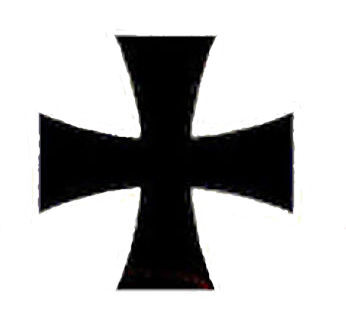
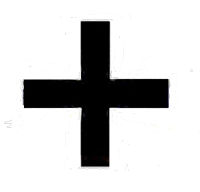
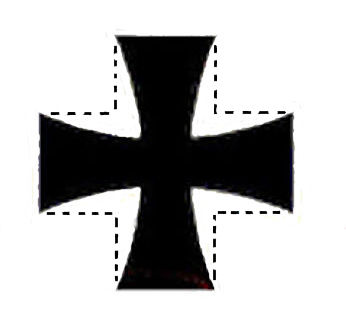
It seems incredible that such an order went out late in the war and that the entire German air fleet was repainted in a few days. No wonder they lost the war! Photographs show that von Richthofens triplane (425/17) was indeed repainted and it seems that the fatal flight was the first with the new crosses. Supersticious people have even blamed the new cross for his death.
Manfred Freiherr von Richthofen ('Freiherr' is actually a title, roughly translated as 'Baron'. Actually, his middle name was Albrecht) (Fig.1), began as a cavalry officer and quickly became bored, so he applied for a transfer to Die Fliegertruppen des deutschen Kaiserreiches (Imperial German Army Air Service), later to be known as the Luftstreitkr. Initially, he served as an observer in two seater aurcraft but soon applied for pilot training. His first solo flight ended with a crash, but he quickly distinguished himself as a fighter pilot, and during 1917 became leader of Jasta 11 and then the larger unit Jagdgeschwader (fighter wing) 1, better known as "The Flying Circus" or "Richthofen's Circus" because of the bright colours of its aircraft, and perhaps also because of the way the unit was transferred from one area of allied air activity to another - moving like a travelling circus, and frequently setting up in tents on improvised airfields.
The bright colours were the result of individual pilots wanting to make their aircraft look different, though anyone who survived flew many different machines.
Manfreds kills were unusually well documented. One of the links below gives a full list including details of the aircraft he flew, including the Halberstadt DII, Albatros DII, DIII and DV, apart from the Fokker F1/Dr1. This list is interesting because it gives the serial number of the aircraft he was flying (apart from the Halberstadt). It appears that he used 15 different machines to score his 80 victories. His 20 'kills' in the Dr1 used 5 different machines, only two of which were achieved in the craft in which he was killed. These victories are 'confirmed' ones. It is known that he had many unconfirmed kills, so the true total may well approach 100.
Early Albatros' were covered in Lozenge patterned fabric (pre-printed) with plain varnished fuselage. Later, all Albatros' had blue undersides, plain varnished fuselage and the upper sufaces painted in shades of brown, green and mauve. Some of Richthofens various DIII's had the fuselage and tail overpainted with red with the crosses showing through. At least one DV was painted overall red with the camoflage and crosses showing through (Fig.3). One other probably had the undersides left in sky blue. Paint is heavy and it seems that the pale blue underside may have been the colour of the fabric. All Albatros' left the factory with a headrest fitted, but this was usually removed.
 Fig.3. Yes, this is a DVa. Richthofen never flew a DVa, but it shows the scheme.
Fig.3. Yes, this is a DVa. Richthofen never flew a DVa, but it shows the scheme.As an aside here, when the rocket powered Me163 'Komet' made its first operational flight in WW2, the leaders aircraft was painted overall red in honour of von Richthofen. This added no less tha 60Kg to the weight and seriously affected the performance. After one flight the paint was stripped off and replaced by the standard camoflage. One wonders what this did to Richthofens aircraft and others. After the war, Udets mainly red BMW powered Fokker DVII was tested and found to be considerably down on the performance of a standard machine.
The Albatros was a sesquiplane and the lower wing had only a single spar to which the interplane struts were attached. One result of this was that, in a steep dive, the lower wing would vibrate, resulting in failure. Several pilots were killed in this manner, but Richthofen managed to land the damaged machine (Fig.4). He obviously liked this one because he had it repaired and flew a DIII in the meantime, complaining bitterly of a lack of power. It can't have been that bad, he scored 21 'kills' with it. He is known to have crashed many machines during this period and was seriusly injured on one occasion.
 Fig.4. Albatros with damaged left lower wing after landing successfully.
Fig.4. Albatros with damaged left lower wing after landing successfully.Richthofen flew a total of five triplanes in action which probably accounts for the confusion over the colour scheme. He also flew several other machines on liasion and demonstration flights.
His first machine (102/17) (Fig.5) was a development prototype designated F1 rather than Dr1 (it had a slightly differently shaped tailplane). This had the standard stripy scheme on the top surfaces and fuselage (chordwise on the wings and vertically on the fuselage) and pale blue undersurfaces. It had the cross patee on a large white field and a white rudder. He scored 2 kills before the aircraft was passed on to Kurt Wolff who was shot down on 15 September 1917.
 Fig.5. 102/17. Note the different shaped tailplane.
Fig.5. 102/17. Note the different shaped tailplane.He managed 2 kills in his second machine (152/17). This is where the colour scheme becomes confusing. There is a replica of the aircraft in the Gatow museam Fig.6a). It has the atandard finish (as above) but with the upper surface of the top wing, the tail, cowl and wheels painted red. It has the cross patee with white outline. The original was preserved in the Zeughaus Museum in Berlin (Fig.6b) and was destroyed in an Allied bombing raid in WW2. Originally it had the cross patee with white outline. The cross patee was overpainted with the Balkan cross and the one on the starboard side of the fuselage was badly done with part of the cross patee still visible. This aircraft must have an interesting history. It was an early machine, yet it survived the war - maybe in the museum.

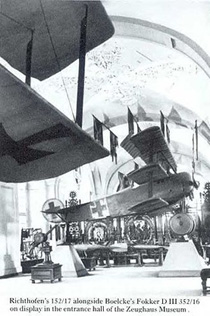
Aircraft number three (477/17) was the one in ehich he scored most of his triplane victories (12). This machine was bright red on the upper surfaces and pale blue underneath. It had the cross patee with white outline. Its fate is unkmown but it survived long enough to have the Balkan cross applied.
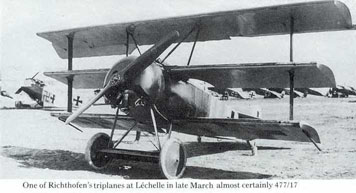 Fig.7. 477/17 After the Balkan cross was added.
Fig.7. 477/17 After the Balkan cross was added.Number four (127/17) was only used for one victory. This machine had the standard colour scheme with the cross patee on a large white field on the wings and fuselage. Its fate is unknown.
His final machine (425/17) had the cross patee with white outline. This was changed to the Balkan cross immediately before the fatal flight. There is no doubt that this aircraft had blue indersurfaces, but other details are confusing. There are two excellent photos of this machine, but their authenticity is desputed (Fig.8 and 9). Various illustrations show blue struts, blue or white wheels and cowling. All seem unlikely. The aircraft landed intact but was destroyed by souvenir hunters.

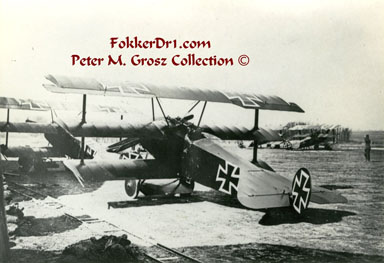 Fig.8 and Fig.9. 425/17 before the Balkan cross was added. Note the colour separatiom line along the leading edge.
Fig.8 and Fig.9. 425/17 before the Balkan cross was added. Note the colour separatiom line along the leading edge.
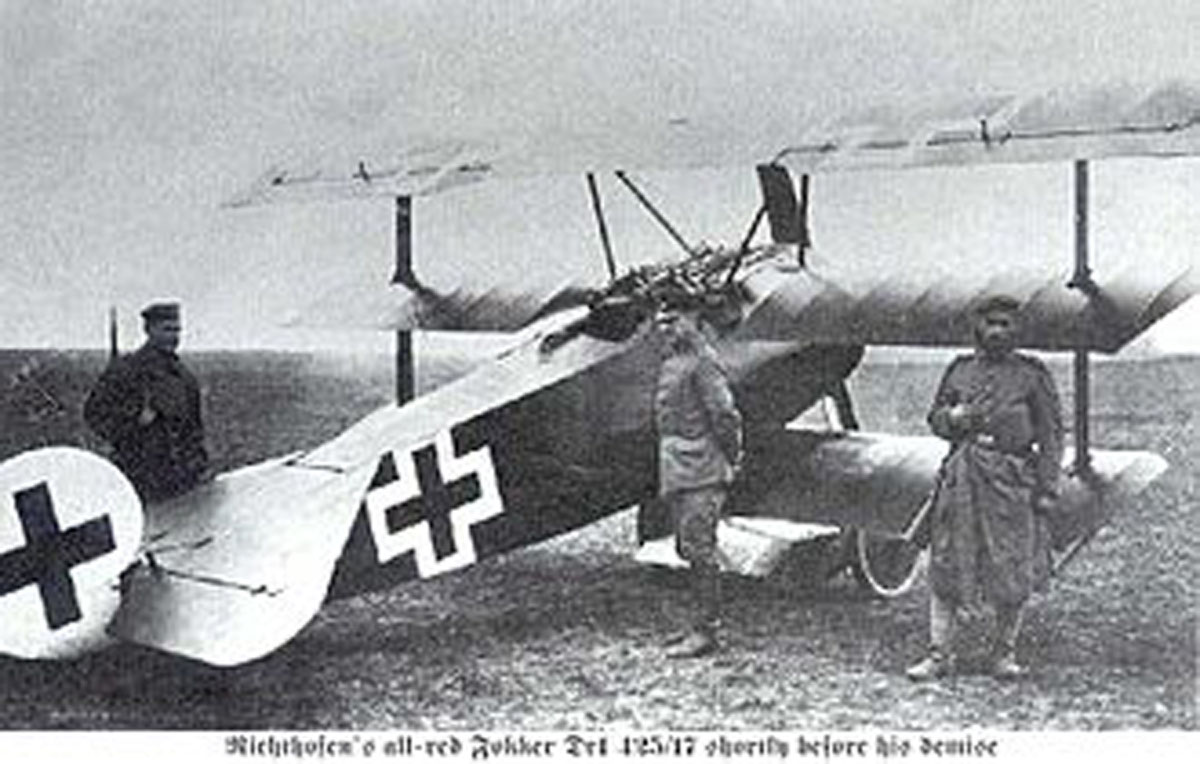
Fig.10 425/17 in its final form. Note the stubby crosses formed by overpainting the former cross.
It is known that Richthofen issued an order that all Jasta II aircraft should be painted bright red (not crimson) on the top surfaces and sky blue underneath. This was interpreted rather liberally by individual pilots. Like the Albatros, the Dr1 left the factory covered in pale blue fabric.
Going back to my Flyzone Albatros It was apparent that painting as a von Richthofen aircraft was going to add a lot of weight - and in the wrong place. Fortunately, Richthofen never flew a DVa so I was saved (you will find lots of illustrations on the web which show a DVa in Richthofen colours). It was claimed that the model was in an authentic WW1 colour scheme. I found an illustration of that same scheme on the web and it clearly stated that the colours were conjectoral! That gave me a free hand so I removed the crosses, which were waterslide transfers, and made up my own crosses (Cross Patee type) from DIY waterslide transfer paper. I painted out the white field on top of the upper wing and painted the underside pale blue. This added 4.5 grm to the original 28.3 grm - more than enough. But it's not a Richthofen machine I'm afraid.
Unfortunately for us, there are far more pictures of Richthofens triplanes than there are of his other aircraft. So, if you want to build a model of a specific Richthofen machine you have a lot of research to do. Or the world is your oyster and you can use almost any scheme with little chance of being contradicted. You can always say it's a model of a replica!
Richthofens book 'The Red Fighter Pilot':
http://www.richthofen.com/
The Albatros DIII:
https://en.wikipedia.org/wiki/Albatros_D.III
The Albatros DV/DVa:
https://en.wikipedia.org/wiki/Albatros_D.V
Fokker Dr1:
https://en.wikipedia.org/wiki/Fokker_Dr.I
Manfred von Richrhofen:
https://en.wikipedia.org/wiki/Manfred_von_Richthofen
List of all Fokker Dr1's:
http://www.fokkerdr1.com//Dr1 Index.htm
List of victories of Manfred von Richthofen:
https://en.wikipedia.org/wiki/List_of_victories_of_Manfred_von_Richthofen/
A history of the German cross:
http://www.theaerodrome.com/forum/showthread.php?t=23234&garpg=4
DIY waterslide transfer paper:
http://www.homecrafts.co.uk/inkjet-water-slide-decal-paper-white-a4-pack-of-10